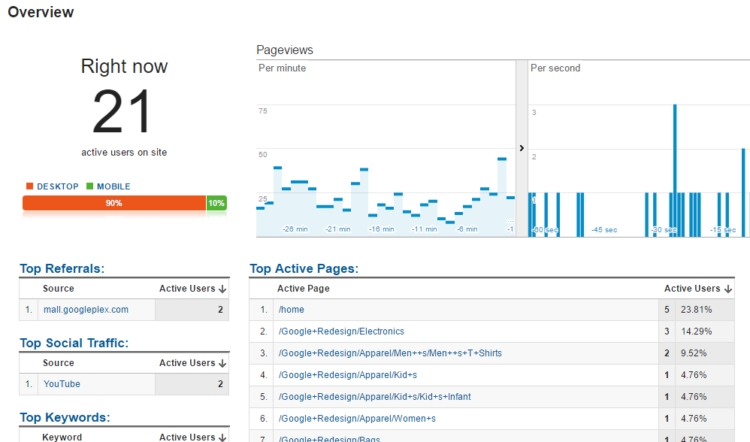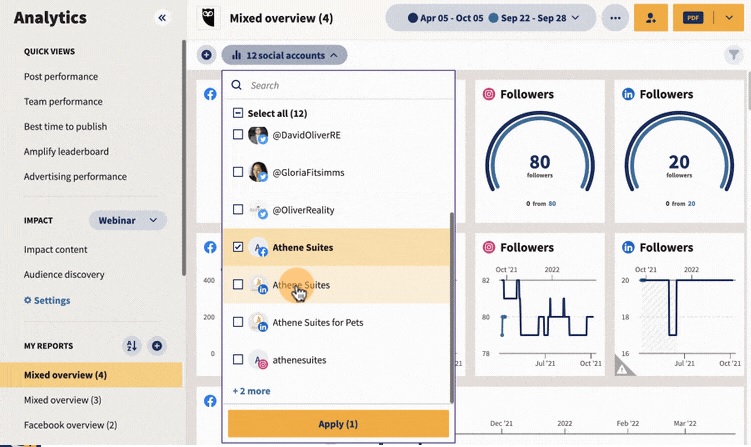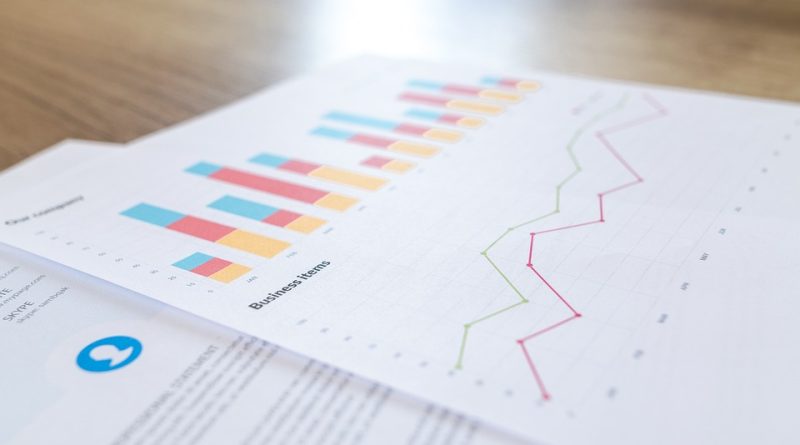social media analytics how it help in tracking
In the dynamic realm of digital marketing, the significance of social media presence cannot be overstated. However, the true measure of success lies in the ability to understand and interpret the impact of your efforts. Enter social media analytics – a powerful tool that not only tracks but decodes the effectiveness of your social media strategies. In this comprehensive guide, we delve into how social media analytics serves as the compass to navigate the vast seas of online interaction, aiding businesses and individuals in measuring, optimizing, and ultimately achieving success in their digital endeavors.
1. Understanding Social Media Analytics: A Roadmap to Success
Social media analytics involves the collection and analysis of data from social media platforms to glean insights into audience behavior, content performance, and overall campaign effectiveness. By employing analytics tools, businesses gain a deeper understanding of their online audience, allowing for informed decision-making and strategic adjustments to maximize impact.
2. Tracking Key Performance Indicators (KPIs): The Metrics that Matter
The journey to social media success begins with defining and monitoring Key Performance Indicators (KPIs). These measurable metrics, ranging from engagement rates and follower growth to click-through rates and conversion rates, act as benchmarks for success. Social media analytics platforms empower users to track these KPIs in real-time, providing a comprehensive overview of performance and highlighting areas for improvement.
3. Audience Insights: Know Your Audience, Amplify Your Impact
Social media analytics unveils the demographics, interests, and behaviors of your audience. Understanding who engages with your content allows for more targeted and personalized strategies. Analytics tools offer insights into the geographical location, age, gender, and even the devices your audience uses, enabling tailored content creation that resonates with your specific demographic.

4. Content Performance Analysis: Crafting a Winning Narrative
The success of social media efforts hinges on the content shared. Analytics platforms dissect content performance, revealing which posts resonate most with the audience. Metrics such as likes, shares, comments, and impressions provide a roadmap for crafting compelling content. This data-driven approach ensures that your content strategy aligns with audience preferences, fostering increased engagement and brand loyalty.
5. Campaign Evaluation: From Concept to Conversion
For businesses running targeted social media campaigns, analytics serves as a compass for assessing campaign effectiveness. Whether it’s a product launch, a promotional offer, or an awareness campaign, analytics tools measure the success of each initiative. By tracking conversions, click-through rates, and campaign reach, businesses can optimize their strategies for maximum impact and return on investment.
6. Competitor Analysis: Benchmarking for Excellence
In the digital arena, keeping a watchful eye on competitors is crucial. Social media analytics allows businesses to benchmark their performance against industry rivals. By analyzing competitor strategies, engagement rates, and audience sentiment, businesses can identify opportunities, refine their approach, and stay ahead in the competitive landscape.
7. Real-Time Monitoring: Navigating the Waves of Trends
The digital landscape evolves rapidly, and real-time monitoring is the compass that guides businesses through the waves of trends. Social media analytics tools provide instantaneous insights into trending topics, viral content, and audience sentiment. This agile approach enables businesses to adapt quickly, capitalize on emerging trends, and maintain relevance in the ever-changing social media landscape.
8. Return on Investment (ROI) Measurement: Aligning Efforts with Results
Ultimately, the success of social media efforts is measured by Return on Investment (ROI). Social media analytics platforms facilitate the tracking of ROI by connecting social media activities to business goals. Whether it’s lead generation, website traffic, or revenue generation, analytics tools provide the data needed to assess the impact of social media efforts on the bottom line.
9. Sentiment Analysis: Navigating the Emotional Currents
Understanding audience sentiment is a key component of social media analytics. Sentiment analysis tools decipher the emotional tone behind social media mentions, comments, and reactions. By gauging whether the sentiment is positive, negative, or neutral, businesses gain insights into how their brand is perceived. This emotional intelligence enables strategic adjustments to enhance brand sentiment and maintain a positive online reputation.
10. Hashtag Performance: Riding the Waves of Trending Topics
Hashtags are powerful navigational tools in the social media landscape. Analytics platforms dissect hashtag performance, revealing which ones resonate most with the audience. By identifying trending topics and popular hashtags, businesses can tailor their content to align with current conversations, expanding reach and joining relevant online discussions.
11. Cross-Platform Analytics: Charting a Unified Course
For businesses engaging in multi-platform social media strategies, cross-platform analytics consolidates data from various channels. This holistic view allows businesses to assess overall performance, identify cross-channel trends, and allocate resources effectively. Cross-platform analytics provides a comprehensive understanding of the brand’s digital footprint, ensuring a cohesive and aligned social media presence.
12. Influencer Impact Analysis: Navigating Partnerships
Collaborating with influencers is a common strategy in social media marketing. Analytics tools gauge the impact of influencer collaborations by tracking engagement rates, follower growth, and audience sentiment. Businesses can identify influencers whose audience aligns with their target demographic, ensuring partnerships that yield meaningful results and contribute to overall campaign success.
13. Ad Performance Metrics: Sailing Smoothly in Paid Campaigns
For businesses investing in social media advertising, analytics tools provide in-depth insights into ad performance. Metrics such as click-through rates, conversion rates, and ad reach offer a comprehensive view of the effectiveness of paid campaigns. This data-driven approach enables businesses to optimize ad spend, refine targeting strategies, and maximize the ROI of their advertising efforts.
14. Customer Feedback Loop: Responsive Navigation
Social media analytics transforms customer feedback into actionable insights. By monitoring comments, mentions, and direct messages, businesses can identify areas of improvement, address customer concerns promptly, and enhance the overall customer experience. The feedback loop created by social media analytics ensures that businesses remain responsive and customer-centric in their digital interactions.
15. A/B Testing: Fine-Tuning Strategies with Precision
A/B testing, or split testing, is a strategic approach supported by social media analytics. Businesses can experiment with different content variations, posting times, or ad formats to identify what resonates best with their audience. By analyzing the performance of each variant, A/B testing guides businesses in fine-tuning their strategies for optimal results.
16. Data Privacy Compliance: Navigating Ethical Waters
As data privacy becomes a paramount concern, social media analytics platforms adhere to stringent privacy standards. Businesses can navigate the ethical waters of data collection and analysis by choosing analytics tools that prioritize user privacy. Ensuring compliance with regulations such as GDPR and respecting user preferences builds trust and safeguards the brand’s reputation.
17. Crisis Management: Navigating Storms with Agility
In times of crisis, social media analytics becomes a crucial tool for effective crisis management. By monitoring real-time conversations and sentiment during crises, businesses can respond promptly, address concerns, and manage their online reputation. Analytics tools provide the necessary insights to navigate through turbulent times with agility, minimizing potential damage to brand image.
18. Time and Frequency Analysis: Synchronizing Engagement Peaks
Understanding the optimal times for posting content is essential for maximizing engagement. Social media analytics platforms offer time and frequency analysis, highlighting when your audience is most active. By synchronizing content delivery with peak engagement times, businesses can ensure that their messages reach the largest audience and generate higher levels of interaction.
19. User Journey Mapping: Tracing Digital Footprints
Social media analytics contributes to user journey mapping by tracking how users interact with content across platforms. This comprehensive view allows businesses to understand the digital footprints of their audience, from initial engagement to conversion. User journey insights guide businesses in creating targeted content that aligns with the stages of the customer’s path.
20. Employee Advocacy: Harnessing Internal Navigators
Employee advocacy programs leverage the social networks of employees to amplify brand reach. Social media analytics measures the impact of employee advocacy by tracking the performance of shared content, employee engagement, and the overall reach generated. This data enables businesses to harness the potential of internal navigators and build a collective brand presence.
21. Trend Analysis: Navigating the Shifting Tides
Social media analytics excels in trend analysis, identifying emerging topics, hashtags, and content trends. Businesses can stay ahead of the curve by leveraging trend analysis to align their content with current conversations. Navigating the shifting tides of trends ensures that businesses maintain relevance and capture the attention of an ever-evolving online audience.
22. Mobile Analytics: Sailing on the Small Screen
With the prevalence of mobile devices, social media analytics extends its capabilities to mobile platforms. Mobile analytics tools provide insights into how users interact with content on smartphones and tablets. Businesses can optimize their strategies for mobile users, ensuring a seamless and engaging experience on the small screen, where a significant portion of social media interactions occurs.
23. Geographic Insights: Navigating Localized Strategies
For businesses with a global or local audience, social media analytics offers geographic insights. These insights reveal where the audience is concentrated, allowing businesses to tailor content and campaigns for specific regions. Navigating localized strategies ensures that businesses connect with their audience on a cultural and regional level, fostering a more personalized and impactful social media presence.
24. Dark Social Tracking: Illuminating Hidden Pathways
Dark social refers to private sharing of content through channels not easily trackable, such as direct messages or email. Social media analytics tools now incorporate dark social tracking, revealing how users share content privately. By illuminating these hidden pathways, businesses gain a more comprehensive understanding of content reach and audience behavior beyond public platforms.
Types of analysis using social media analytics

In the bustling landscape of social media, extracting meaningful insights is the compass that guides businesses and marketers toward strategic success. Social media analytics serves as the navigational tool, offering a diverse array of analysis types to decode the wealth of data generated on various platforms. In this comprehensive guide, we delve into the types of analysis using social media analytics, empowering users to navigate the intricacies of data and glean actionable insights from their digital interactions.
1. Descriptive Analysis: Painting the Current Landscape
Descriptive analysis forms the foundation of social media analytics, providing a snapshot of the current digital landscape. It involves summarizing and interpreting key metrics such as follower count, engagement rates, and post reach. Descriptive analysis sets the stage by answering fundamental questions about the who, what, and where of a brand’s online presence.
2. Engagement Analysis: Unveiling Audience Interaction
Engagement analysis delves into how audiences interact with content. Metrics such as likes, comments, shares, and click-through rates are dissected to understand which content resonates most effectively. By unraveling the dynamics of audience engagement, businesses can refine their content strategies and foster deeper connections with their online communities.
3. Sentiment Analysis: Decoding Emotional Tones
Sentiment analysis adds a human touch to social media analytics by deciphering the emotional tones behind user interactions. By categorizing sentiments as positive, negative, or neutral, businesses gain insights into how their brand is perceived. Sentiment analysis guides strategic adjustments to enhance brand sentiment and respond effectively to user emotions.
4. Influence Analysis: Identifying Key Players
Influence analysis identifies key influencers and brand advocates within a social media ecosystem. By analyzing follower counts, engagement levels, and reach, businesses can pinpoint individuals or entities with significant influence. Leveraging influence analysis guides strategic partnerships, collaborations, and targeted outreach to amplify brand messages through influential channels.
5. Competitor Analysis: Benchmarking for Success
Competitor analysis involves evaluating the social media strategies of industry rivals. Metrics such as follower growth, engagement rates, and content performance are compared to benchmark performance. Competitor analysis guides businesses in refining their strategies, staying competitive, and identifying opportunities to differentiate their brand in the crowded digital landscape.
6. Conversion Analysis: Connecting Clicks to Conversions
Conversion analysis bridges the gap between social media activities and business goals. By tracking user actions such as website visits, sign-ups, or purchases, businesses can measure the direct impact of their social media efforts on conversions. Conversion analysis is instrumental in optimizing strategies for tangible business outcomes.
7. Trend Analysis: Riding the Waves of Popularity
Trend analysis navigates the currents of viral content and emerging topics. By identifying patterns in user behavior, hashtag usage, and popular themes, businesses can align their content with current trends. Trend analysis ensures that businesses stay relevant, capitalize on popular conversations, and maintain a dynamic and engaging social media presence.
8. Network Analysis: Mapping Digital Connections
Network analysis explores the interconnected web of users and communities within a social media space. By visualizing relationships, interactions, and shared content, businesses gain insights into the structure of their online communities. Network analysis guides strategic decisions by uncovering influential nodes and fostering community engagement.
As businesses navigate the vast seas of social media, the diverse types of analysis offered by social media analytics become the guiding stars. From unraveling engagement dynamics to decoding emotional sentiments, each analysis type contributes to a comprehensive understanding of digital interactions. Armed with these insights, businesses can chart a course toward strategic success, making informed decisions and optimizing their social media strategies for impactful and sustainable outcomes.
As the digital landscape evolves, social media analytics continues to expand its capabilities, offering businesses a rich toolkit for navigating the intricate waters of online interaction. From crisis management to dark social tracking, the diverse functionalities of social media analytics empower businesses with precision, adaptability, and a strategic advantage in the ever-changing currents of the digital realm. By leveraging these advanced capabilities, businesses can confidently steer their social media strategies toward sustained success and meaningful engagement.
In the expansive sea of social media, analytics serves as the compass, guiding businesses through the complexities of data, trends, and audience behavior. From sentiment analysis to cross-platform insights, the diverse capabilities of social media analytics empower businesses to navigate with precision, responsiveness, and strategic acumen. As the digital landscape continues to evolve, leveraging the full potential of social media analytics ensures that businesses not only stay afloat but confidently chart a course toward sustained success.
When creating your social media strategy, you’re choosing goals and objectives that you want your marketing efforts to hit. But if you’re not monitoring your social media analytics, metrics and performance, how will you know if you’re hitting those goals.
Social media analytics are key to proving ROI, making informed business decisions and so much more—and luckily, nearly every platform offers its own form of in-app analytics. Plus, there are a number of social media analytics tools that can help you monitor your performance in even more depth.
In the era of digital connectivity, social media analytics emerges as the compass that guides businesses and individuals toward success. By decoding the intricacies of audience behavior, content performance, and campaign effectiveness, analytics tools empower users to make informed decisions, optimize strategies, and achieve tangible results in the dynamic world of social media. As businesses navigate the seas of online interaction, social media analytics stands as an invaluable tool, ensuring they not only stay afloat but sail toward new horizons of success.






